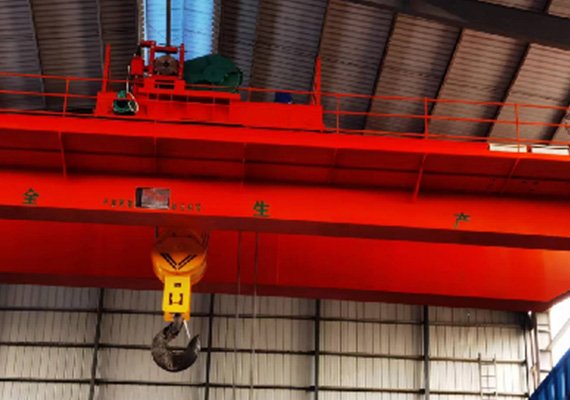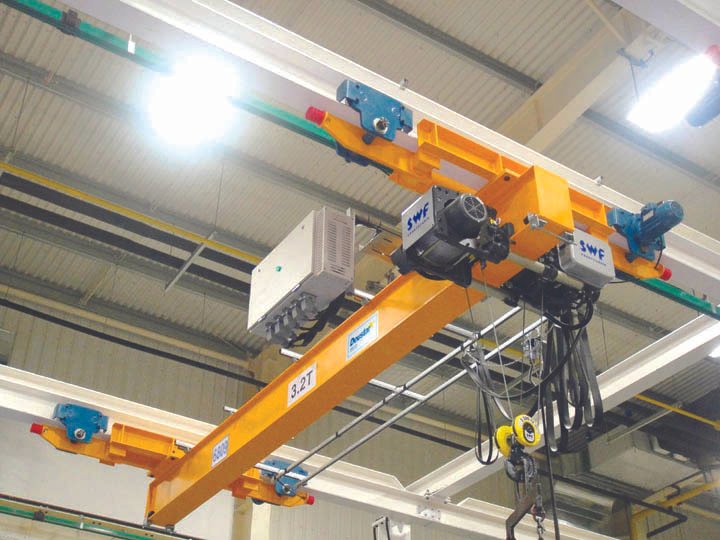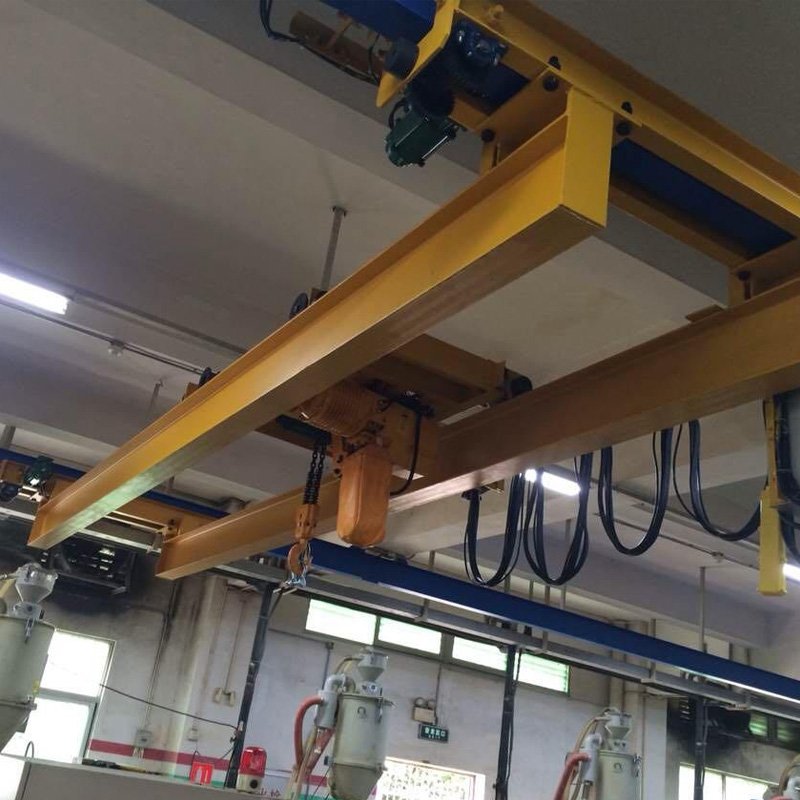Material handling is one of the most crucial aspects of industrial operations. Choosing the right lifting equipment not only ensures efficiency but also improves workplace safety and reduces downtime. Among the many options available, two popular solutions are the portable aluminum gantry crane and the steel gantry crane. While both serve the same purpose of lifting and moving heavy loads, their construction, usability, and performance vary significantly. Understanding these differences is essential for making the right decision when investing in lifting equipment.
Overview of Portable Aluminum Gantry Crane
A portable aluminum gantry crane is a lightweight and mobile lifting solution designed for small to medium lifting tasks. Built with high-strength aluminum, this type of crane is easy to transport, assemble, and disassemble, making it highly versatile.
Key features include:
- Adjustable height and span to accommodate different tasks.
- Corrosion resistance, making it suitable for outdoor or humid environments.
- Quick setup, requiring minimal tools or manpower.
Typical applications:
- Equipment maintenance and repair work.
- Workshops and assembly lines where flexibility is essential.
- Outdoor lifting tasks in construction or field operations.
The greatest advantage of a portable aluminum gantry crane is its portability. It can be moved between different work areas with ease, which helps small and medium-sized businesses save both time and cost.
Overview of Steel Gantry Cranes
Steel gantry cranes are known for their robust design and ability to handle much heavier loads. Constructed from solid steel, these cranes are ideal for heavy-duty lifting tasks in industries that require maximum durability and stability.
Key features include:
- High load capacity, often capable of lifting several tons.
- Solid and stable structure suitable for continuous heavy use.
- Long service life, even in demanding environments.
Common applications:
- Heavy machinery manufacturing.
- Large warehouses and logistics centers.
- Construction sites and shipyards.
While less portable than aluminum gantry cranes, steel gantry cranes provide unmatched strength and reliability, making them the go-to choice for industries that prioritize heavy lifting and long-term operation.
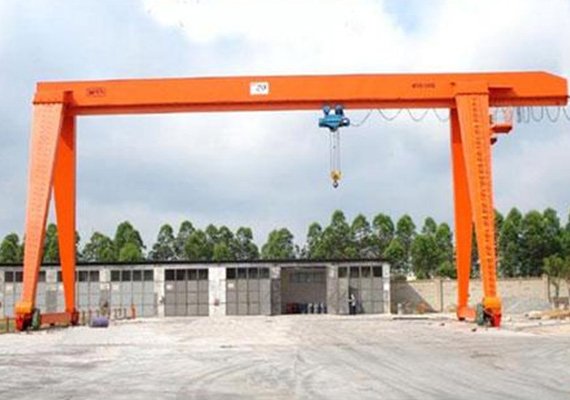
Key Comparisons: Aluminum vs. Steel Gantry Cranes
- Weight and Portability
- A portable aluminum gantry crane is lightweight, making it easy to move around, assemble, or transport to different sites.
- Steel gantry cranes are significantly heavier and typically installed in fixed locations, limiting their mobility.
- Load Capacity
- Aluminum gantry cranes usually support lower to medium load ranges, suitable for lighter machinery and equipment.
- Steel cranes can handle heavy loads, often exceeding several tons, making them ideal for industrial-scale operations.
- Durability and Corrosion Resistance
- Aluminum naturally resists corrosion, making it perfect for outdoor use and in humid or coastal areas.
- Steel is stronger and more resistant to physical wear, but it requires protective coatings or treatments to prevent rust.
- Assembly and Maintenance
- Portable aluminum gantry cranes can be set up quickly without specialized tools, offering convenience for companies with varying lifting needs.
- Steel cranes require more effort to install and are less flexible once in place, but they demand less frequent adjustments.
- Cost Considerations
- Aluminum models are generally more affordable upfront and provide excellent value for businesses needing flexibility and portability.
- Steel gantry cranes may have higher initial costs, but their long-term durability often makes them more cost-effective for large-scale projects.
Choosing the Right Gantry Crane for Your Application
When deciding between a portable aluminum gantry crane and a steel gantry crane, consider the following factors:
- Work Environment: For outdoor, mobile, or small-scale operations, aluminum is often the better choice. For permanent indoor facilities with heavy-duty requirements, steel is more suitable.
- Load Requirements: Evaluate the maximum weight you need to lift. Aluminum works well for lighter loads, while steel handles heavy machinery and bulk materials.
- Budget: A portable aluminum gantry crane usually requires a smaller investment, while steel cranes justify their cost through long-term heavy-duty performance.
- Flexibility: If your operations require frequent relocation or adjustments, aluminum provides more convenience.
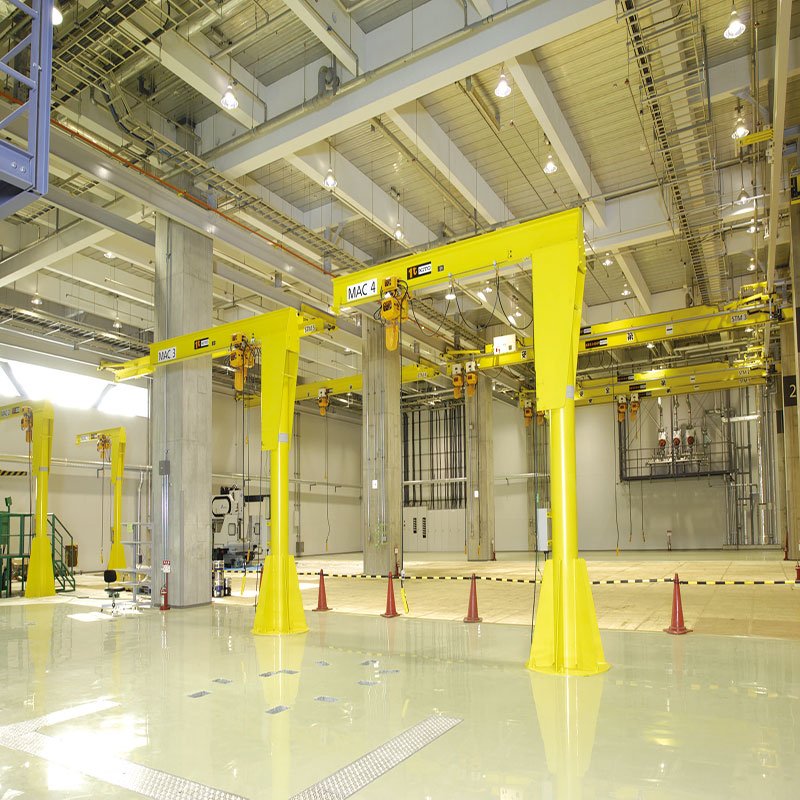
Conclusion
Both the portable aluminum gantry crane and the steel gantry crane offer valuable benefits depending on the application. Aluminum models stand out for their portability, ease of assembly, and corrosion resistance, making them an excellent choice for workshops, small businesses, and outdoor environments. Steel cranes, on the other hand, excel in load capacity, durability, and long-term stability, making them essential in industries that handle heavy machinery and large-scale materials.
If you are currently evaluating lifting equipment for your business, consider your operational needs, work environment, and budget to make the right choice. A reliable crane supplier can also provide tailored solutions and technical guidance to ensure you select the most efficient system for your facility.
Email: yonghaoqizhong@163.com

